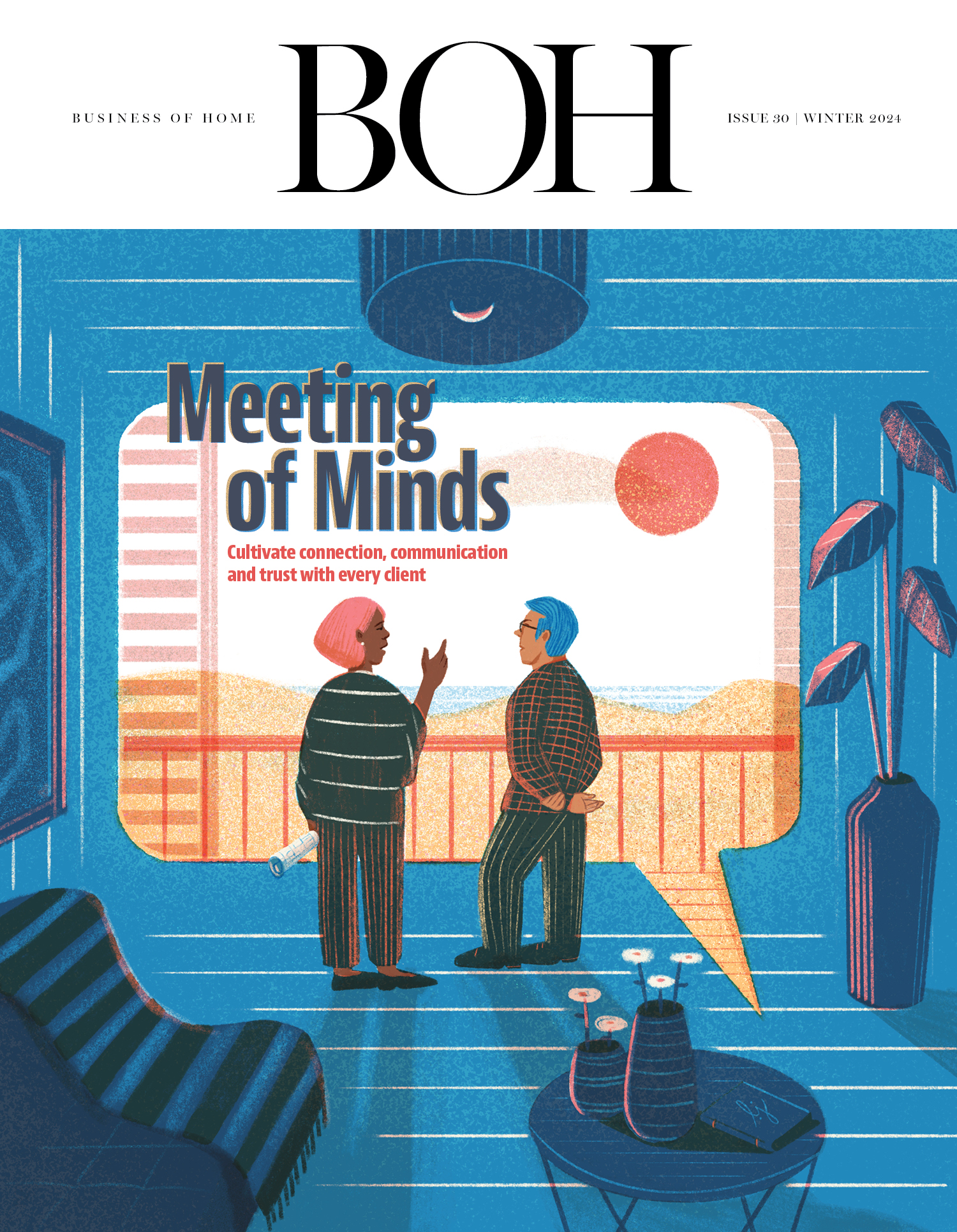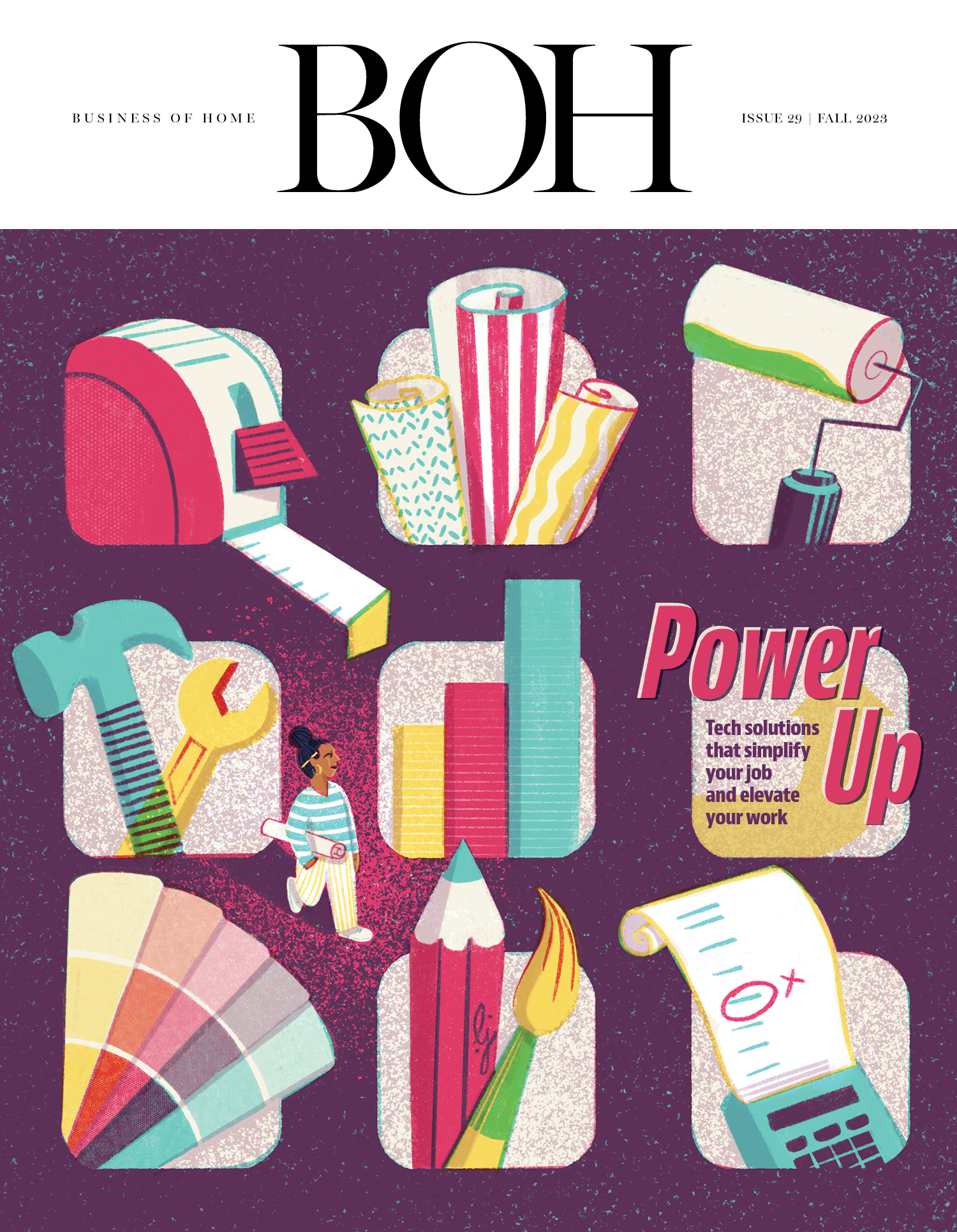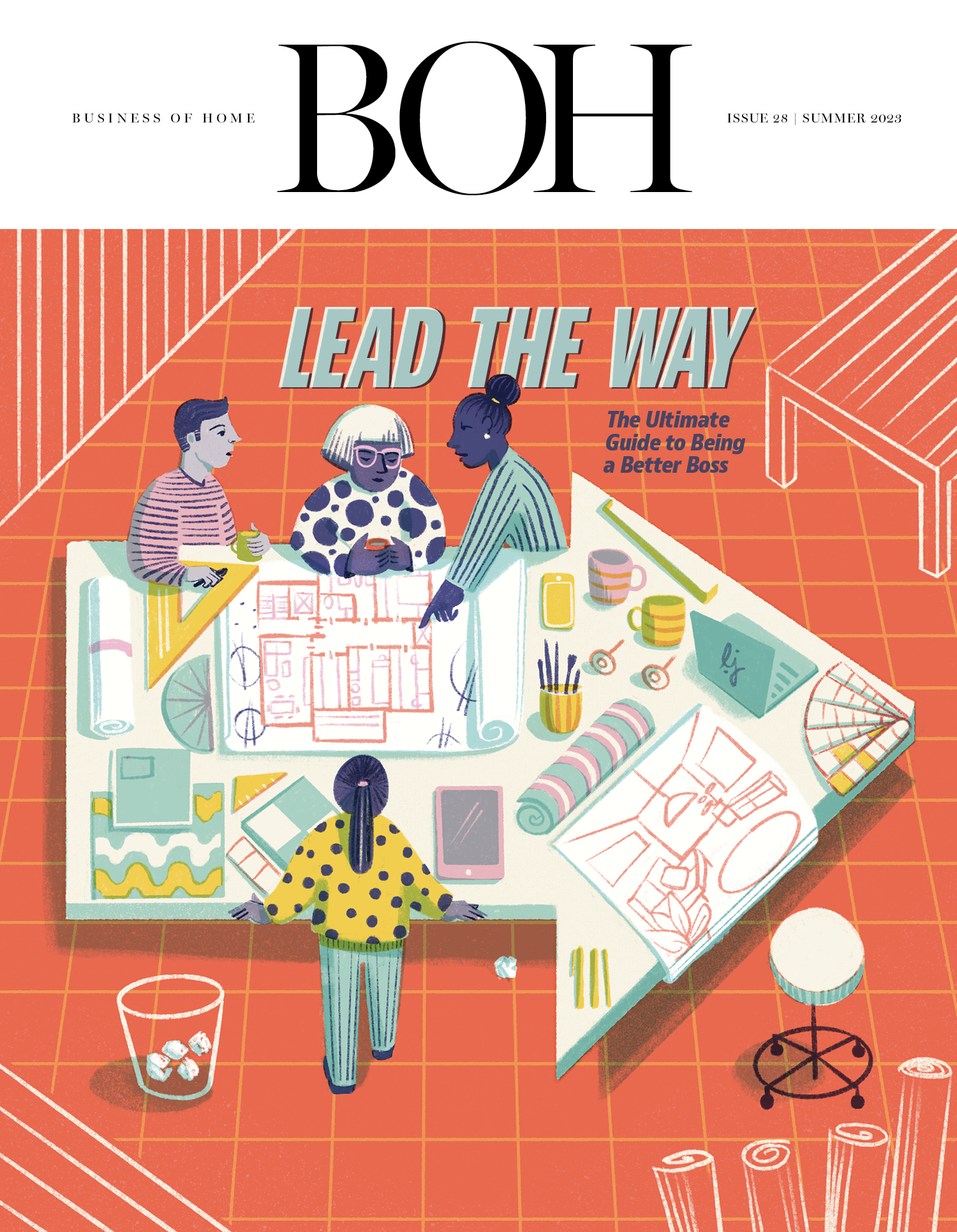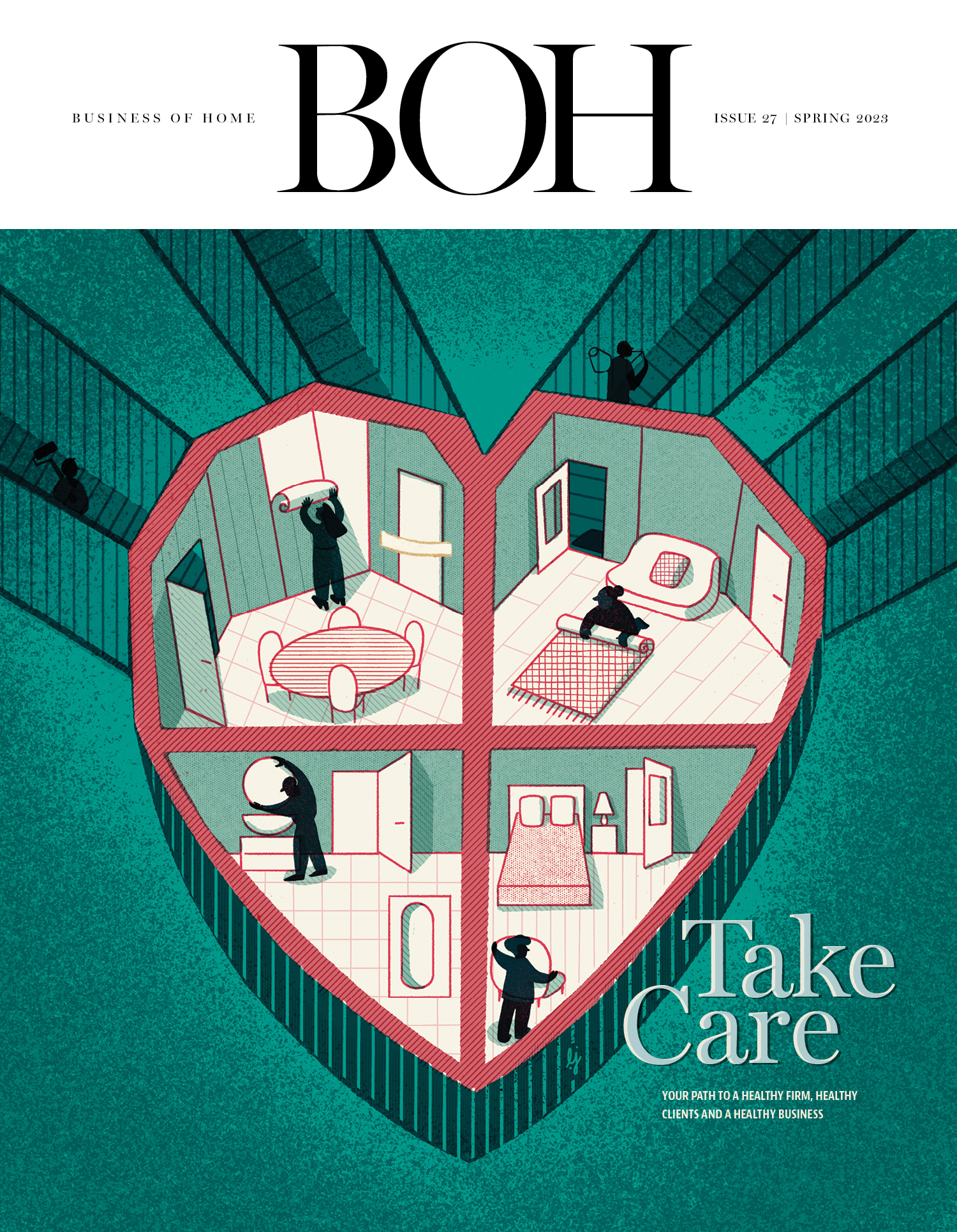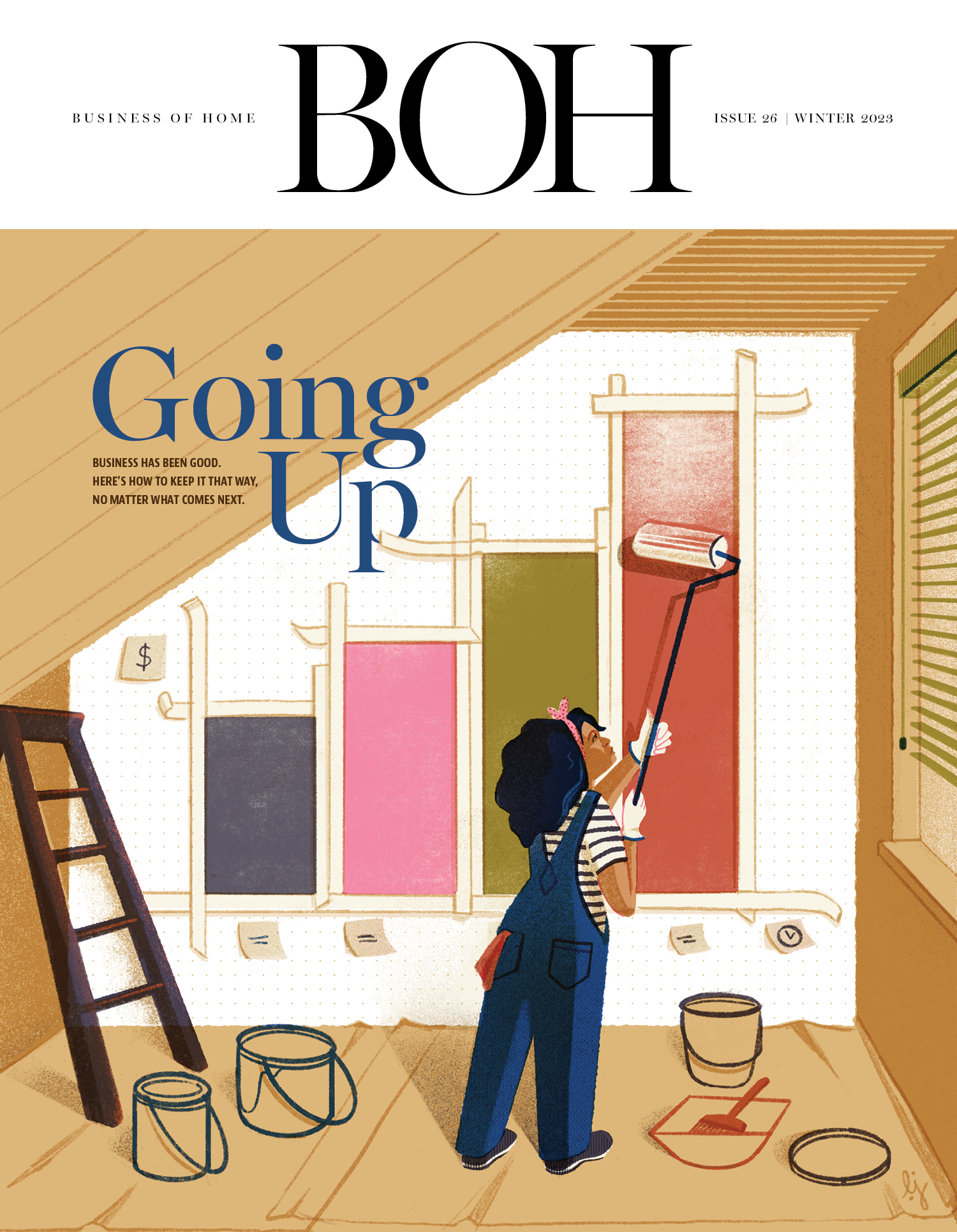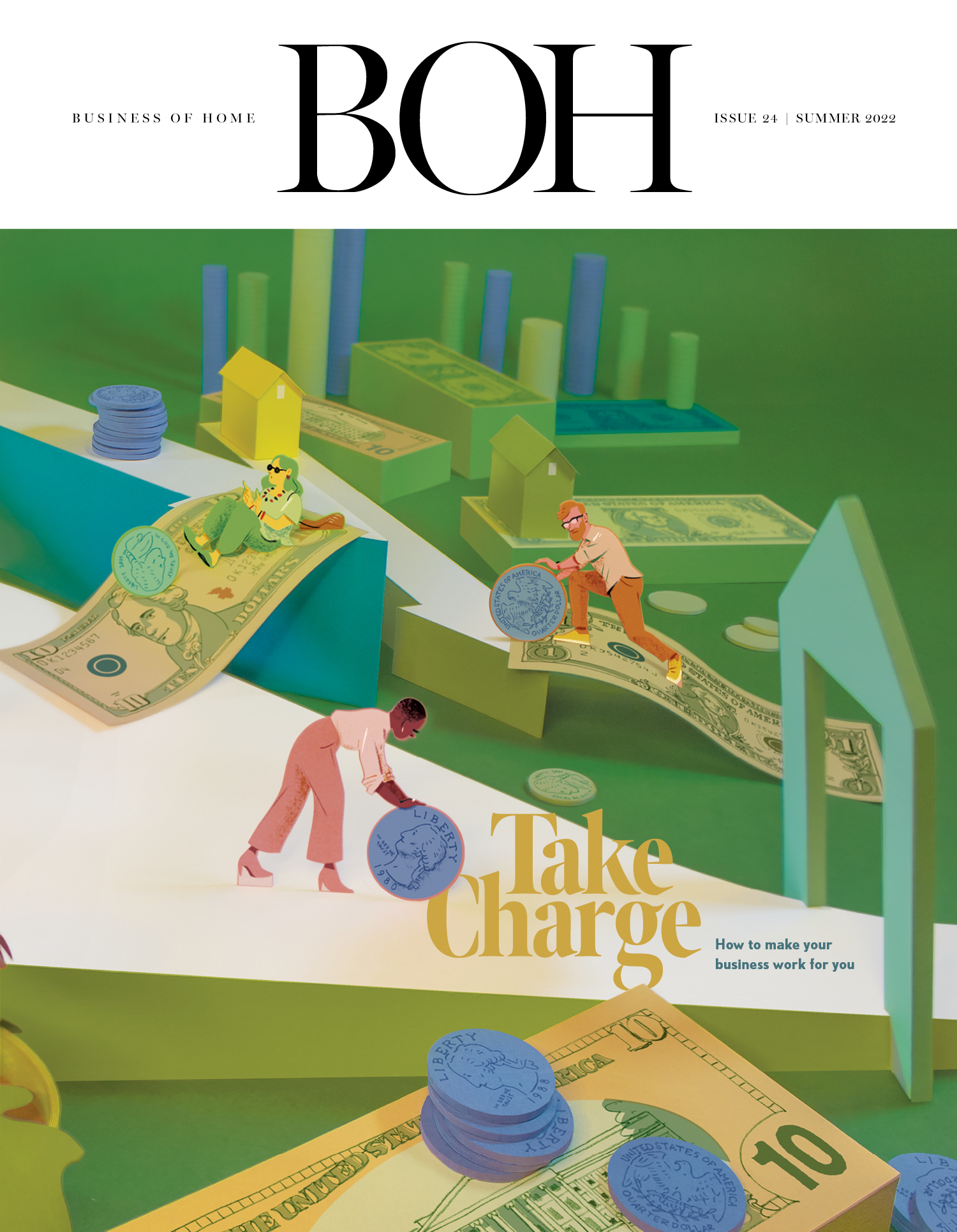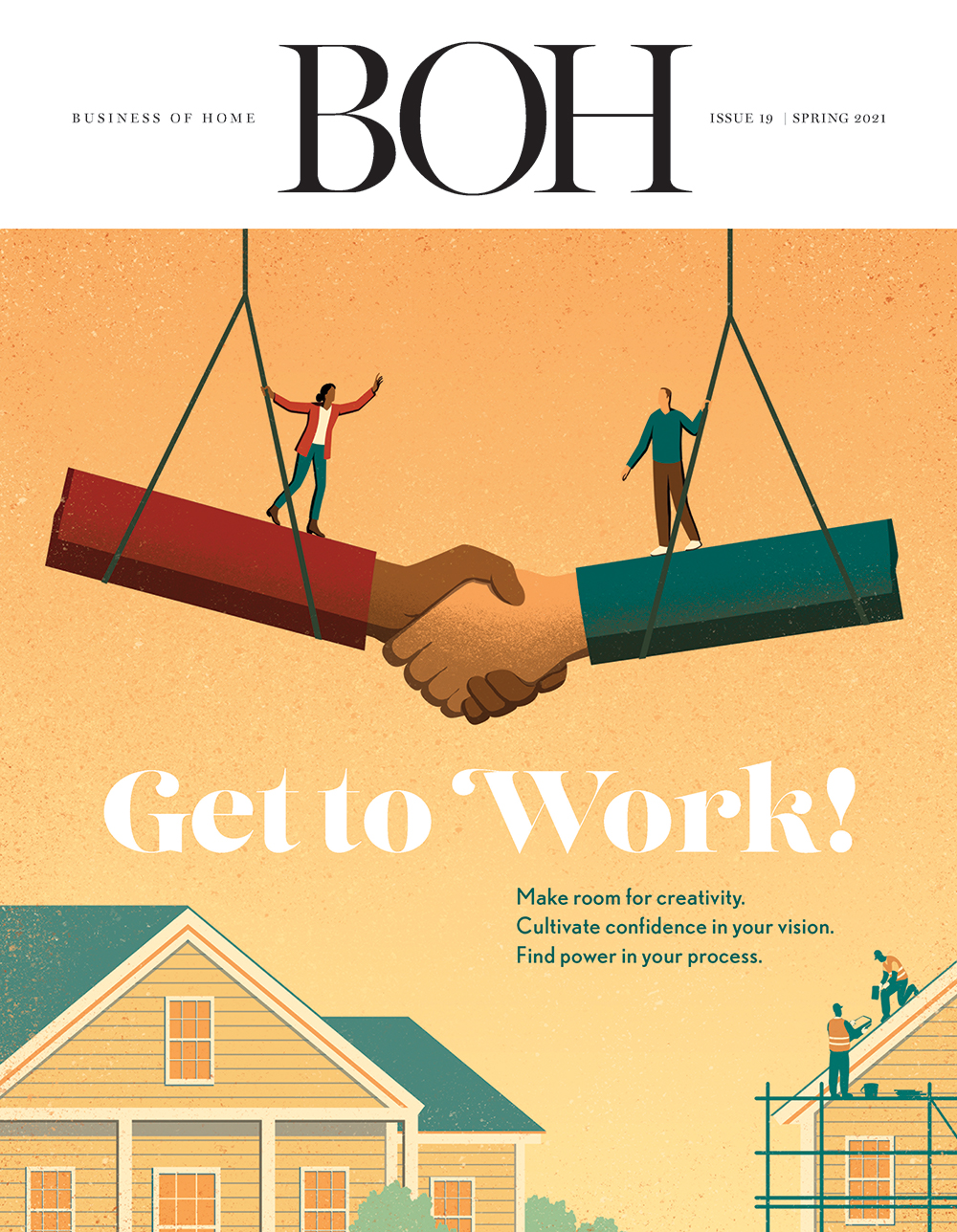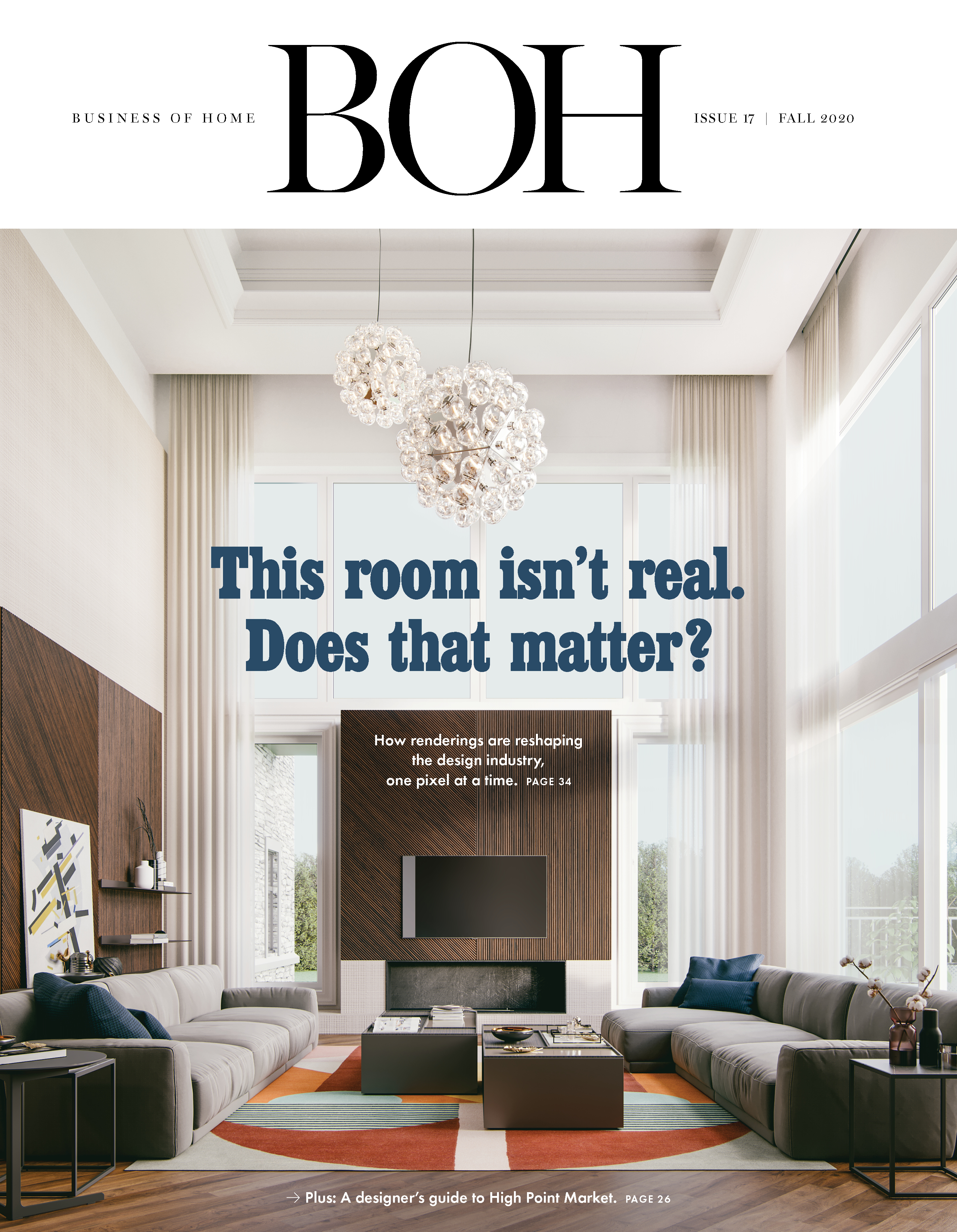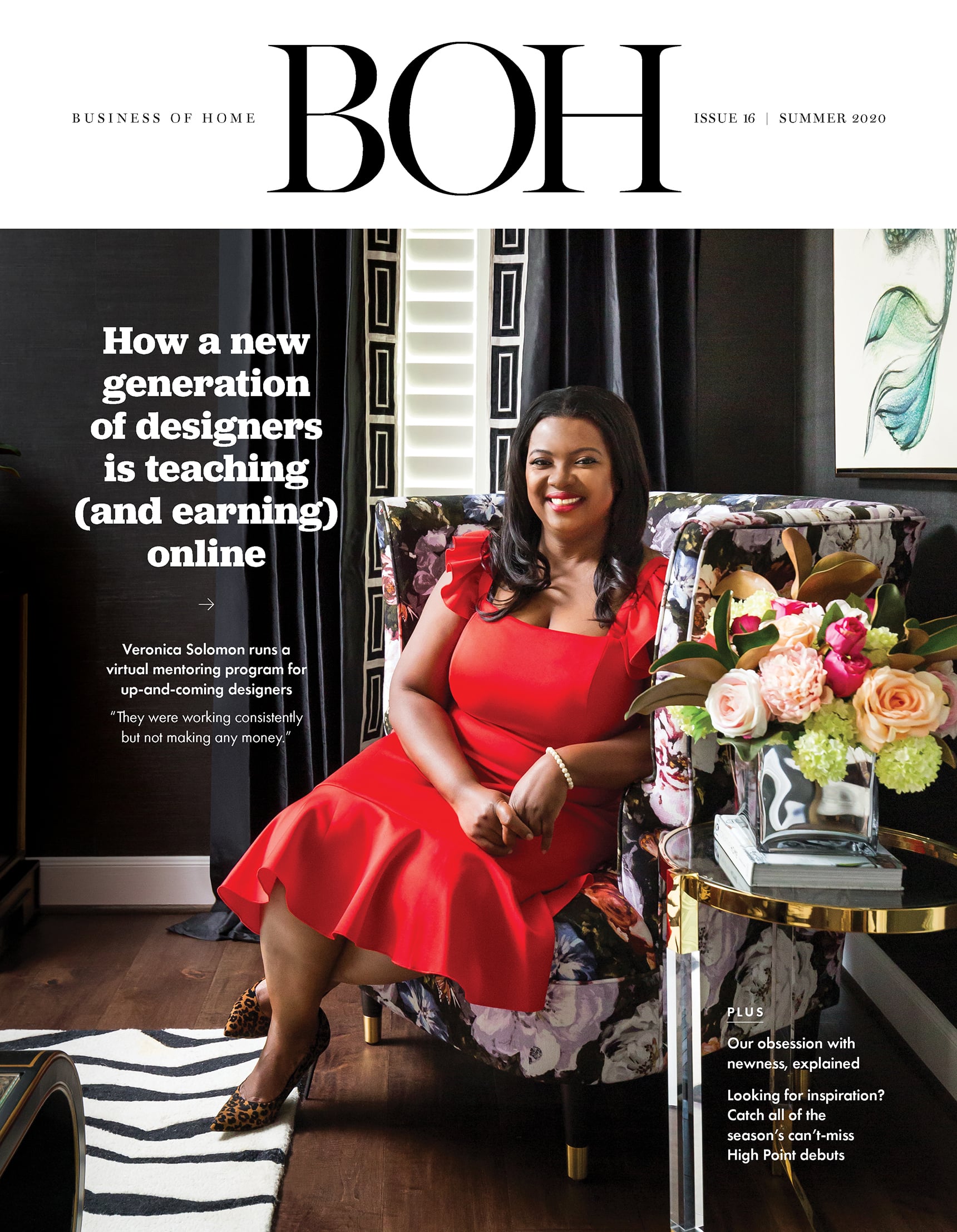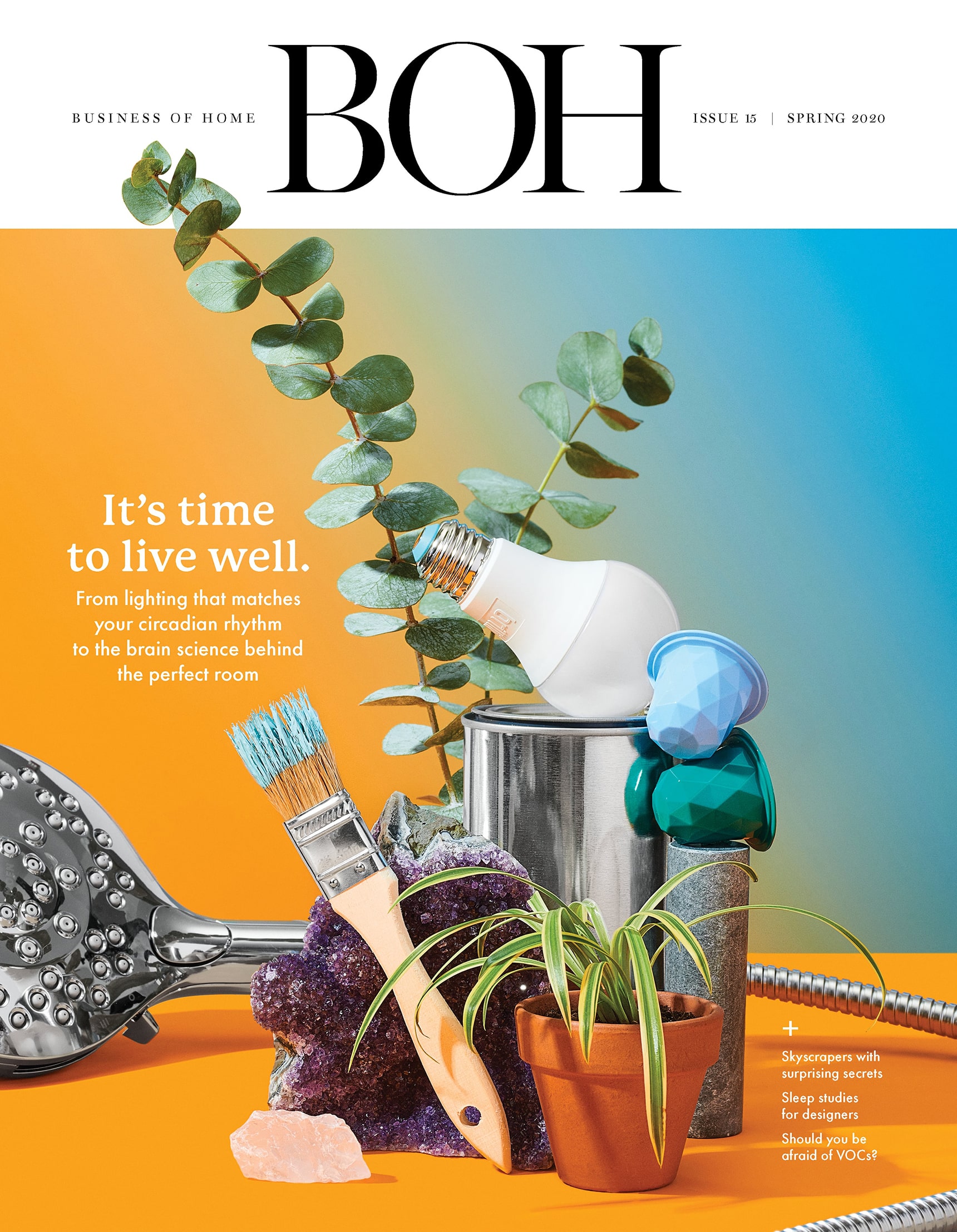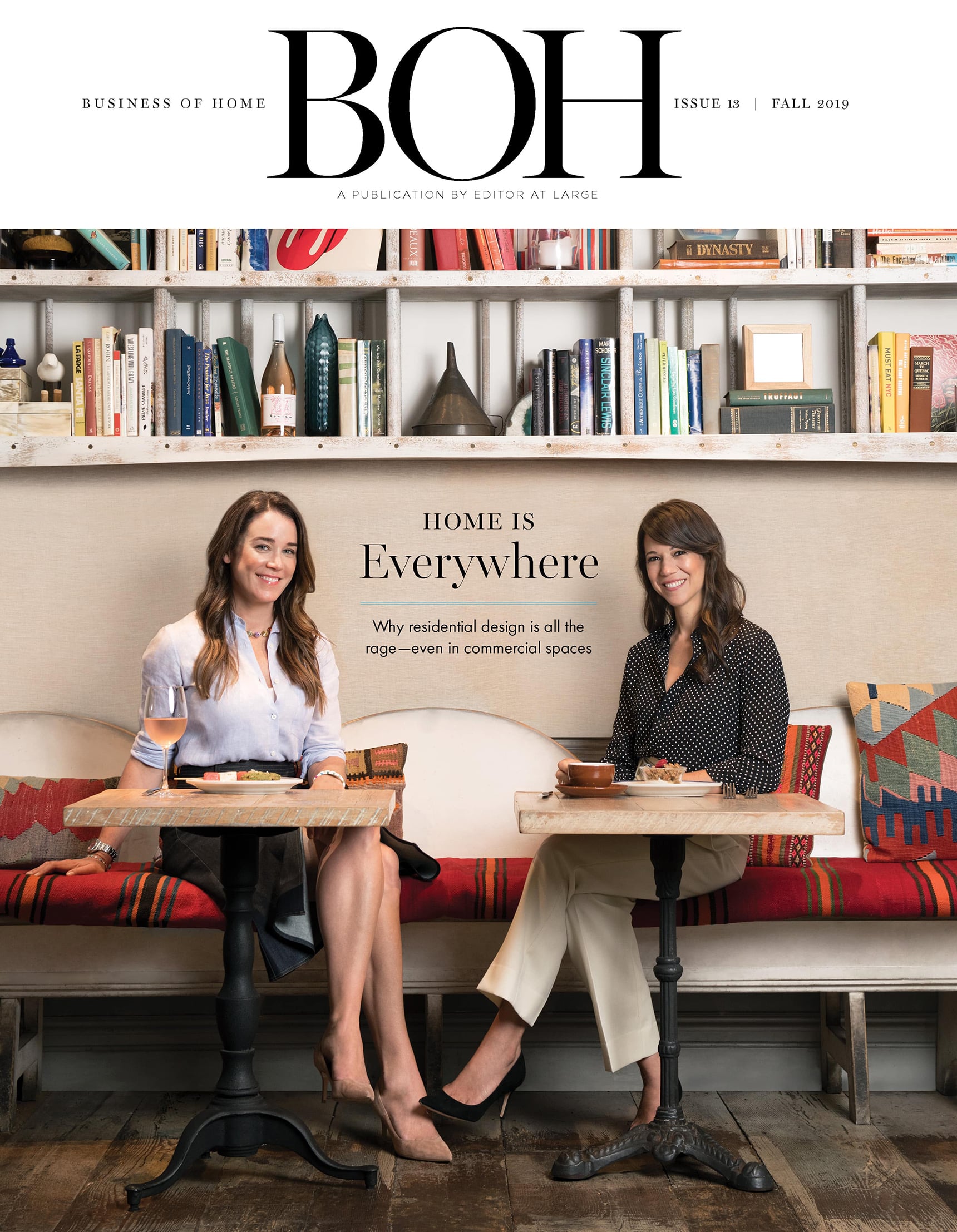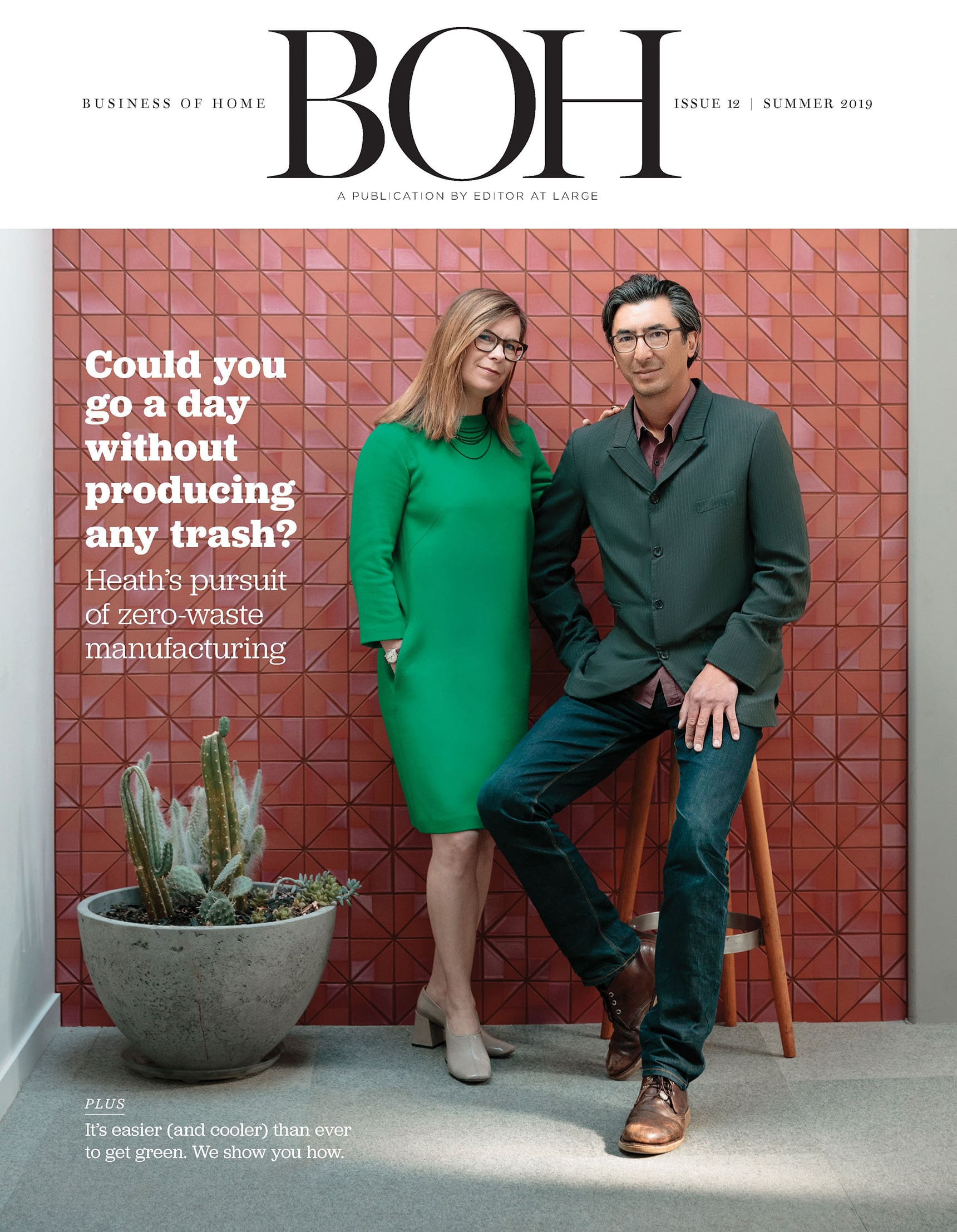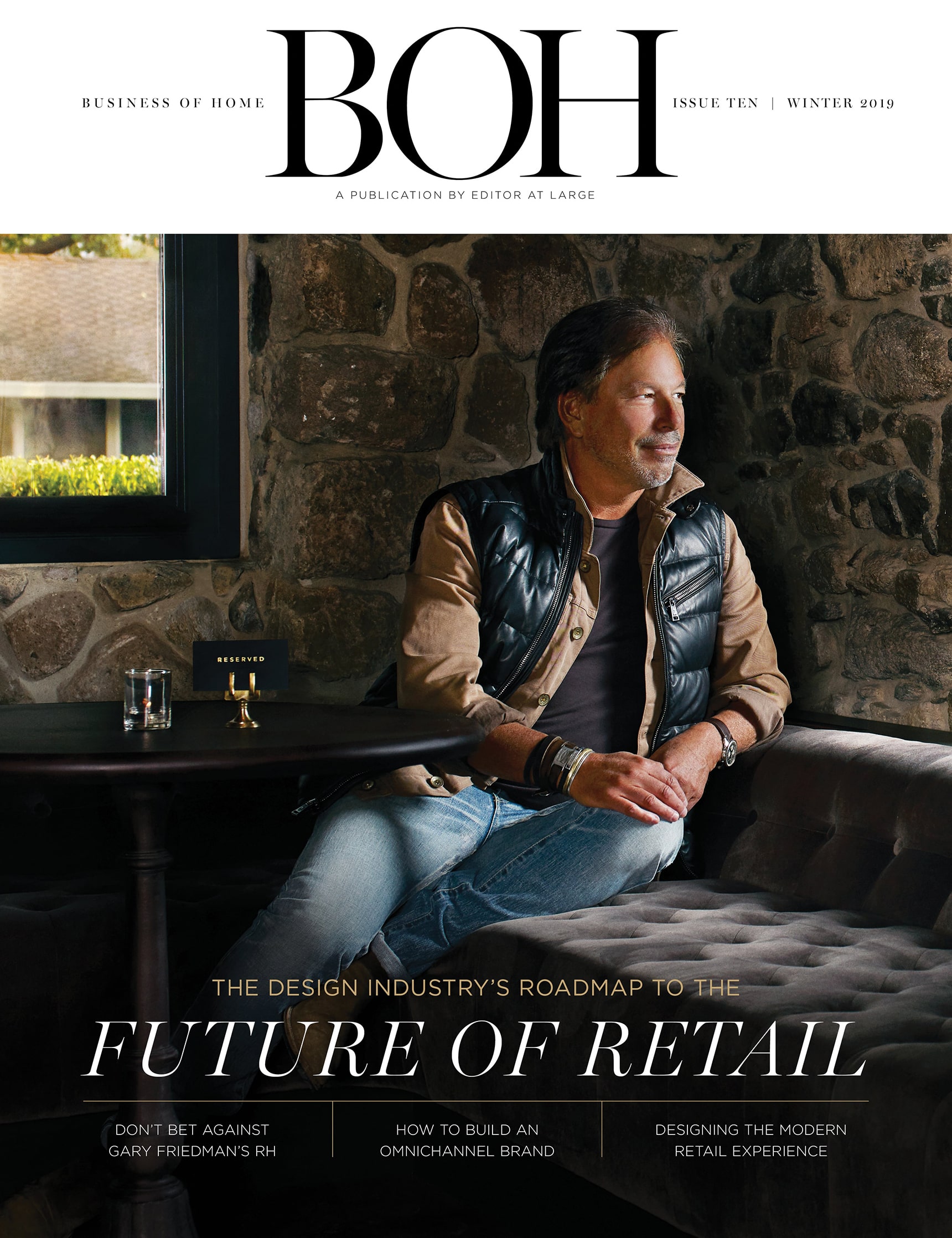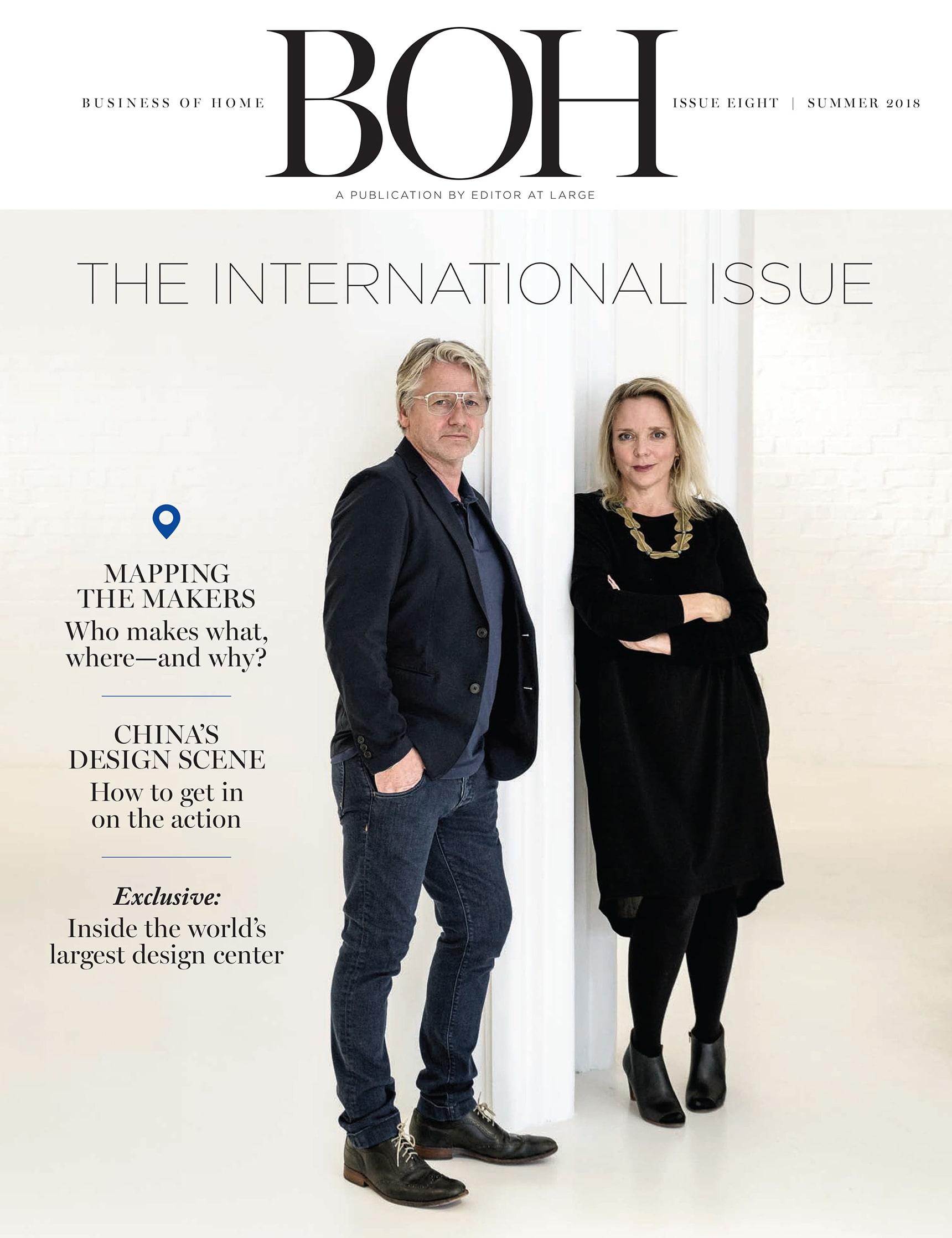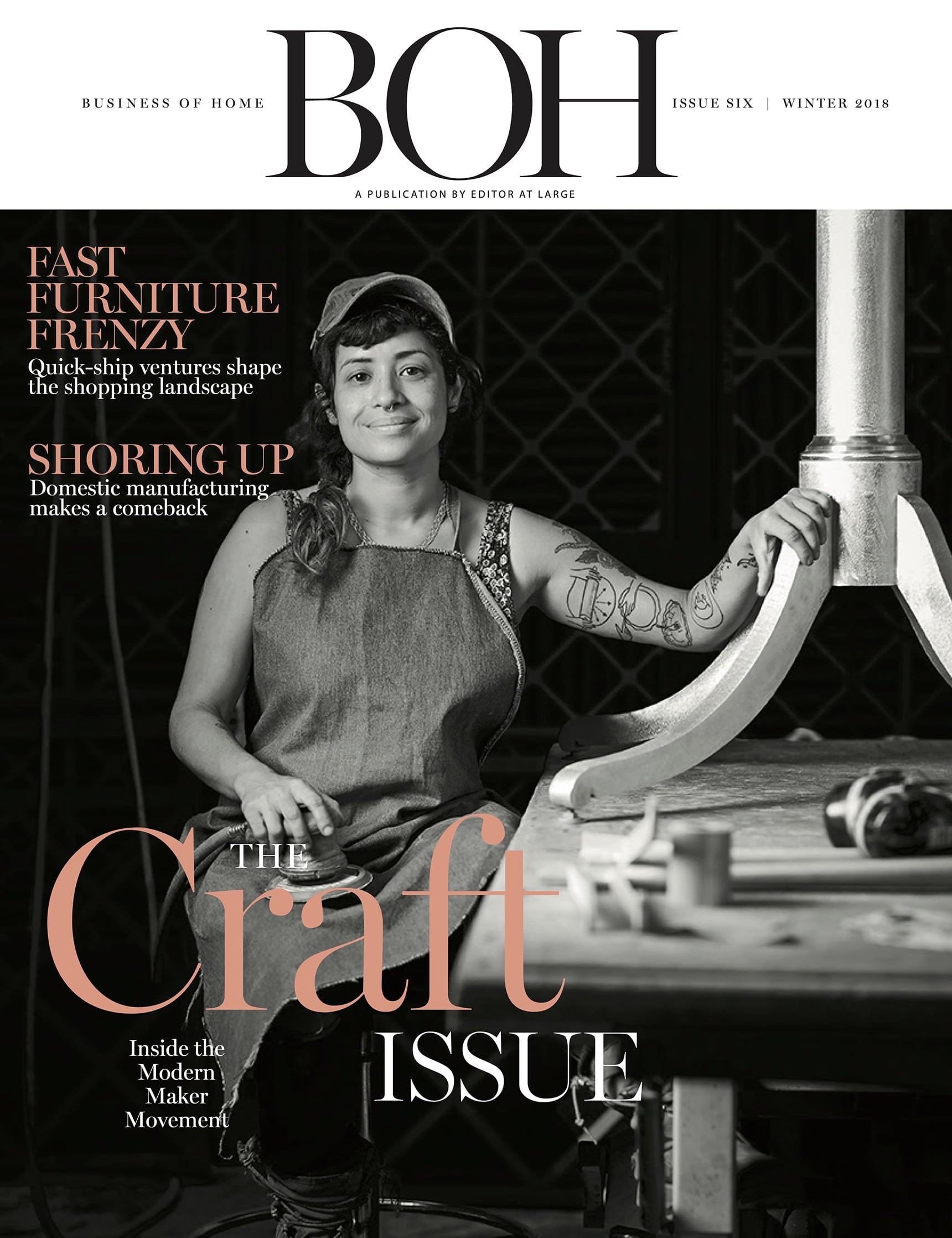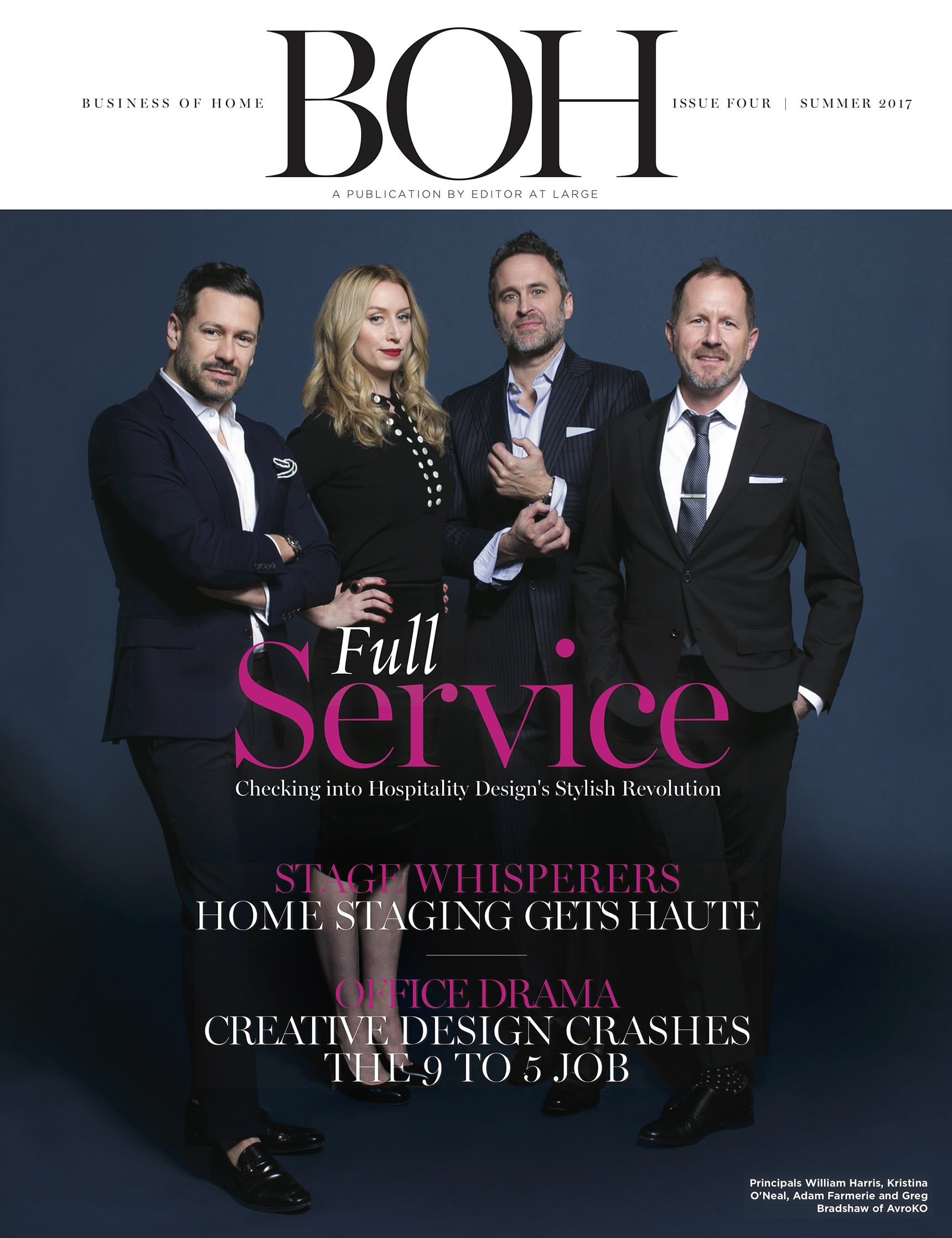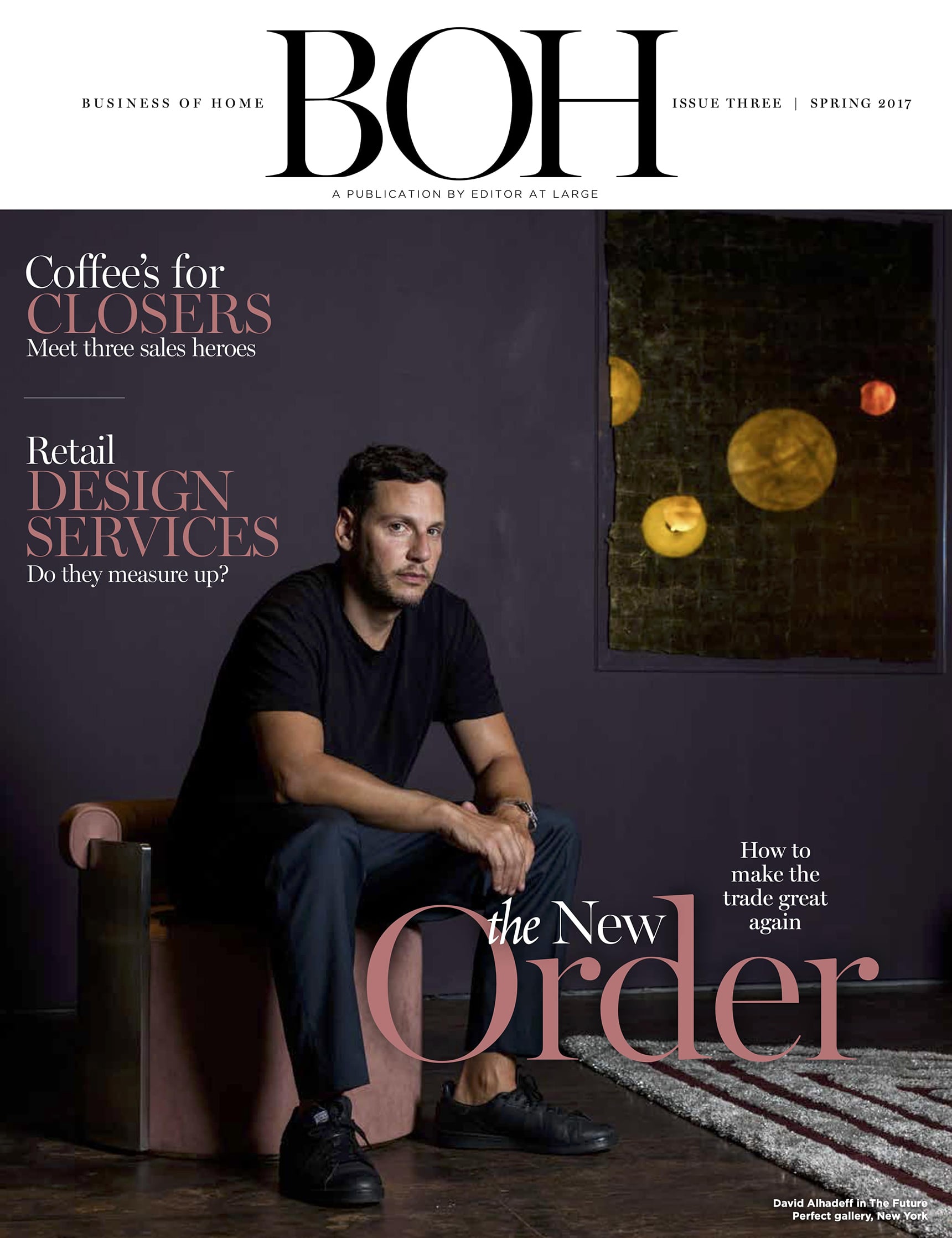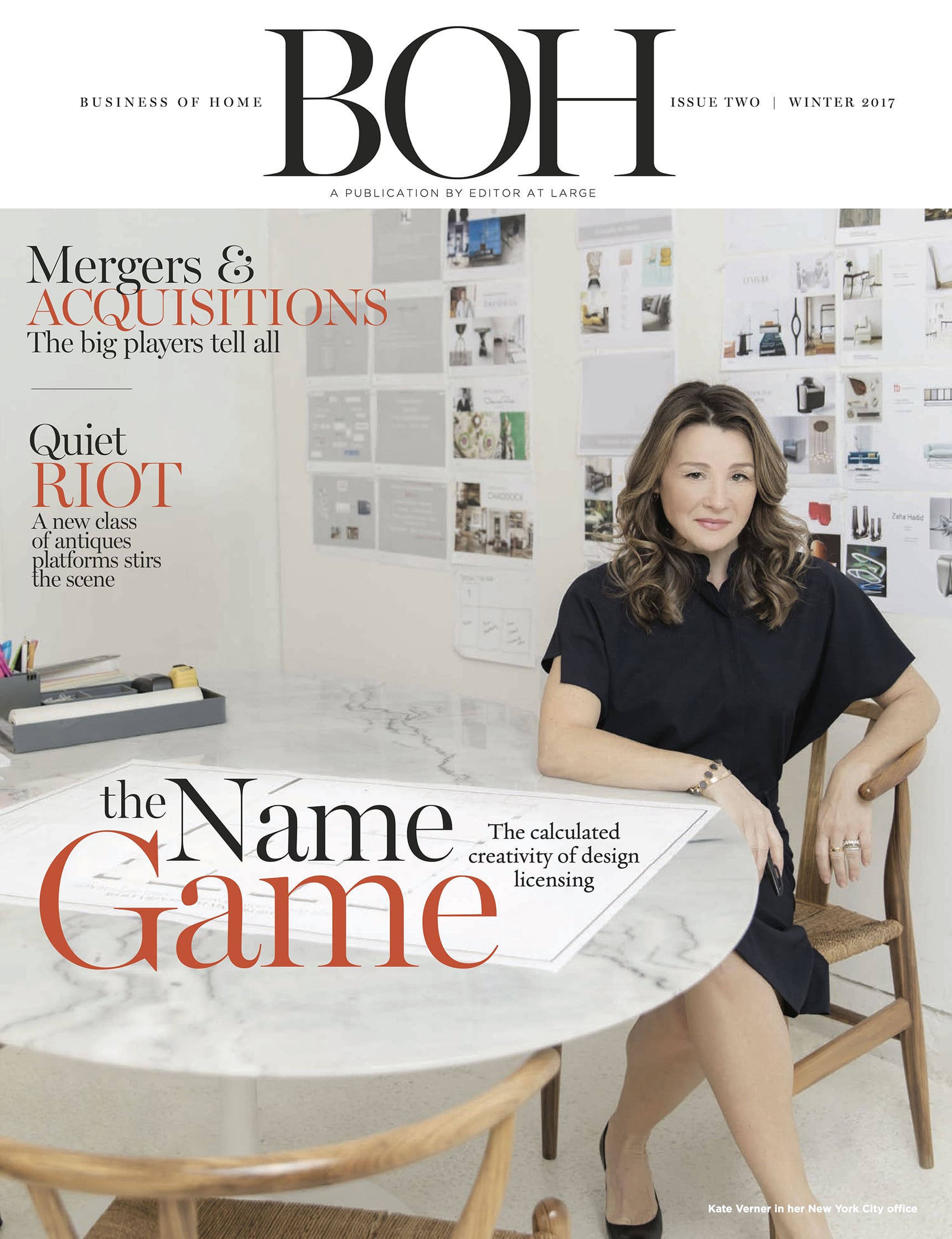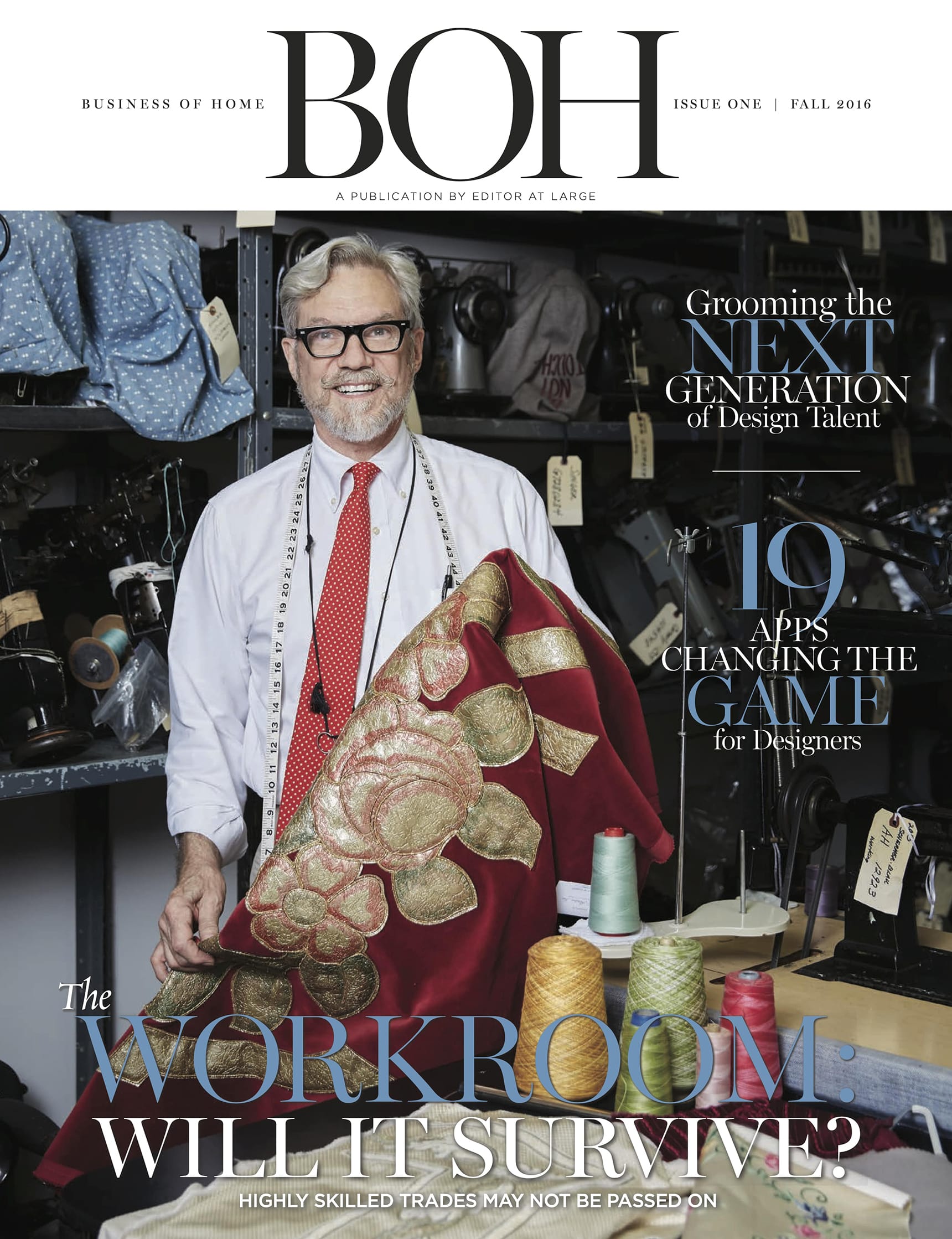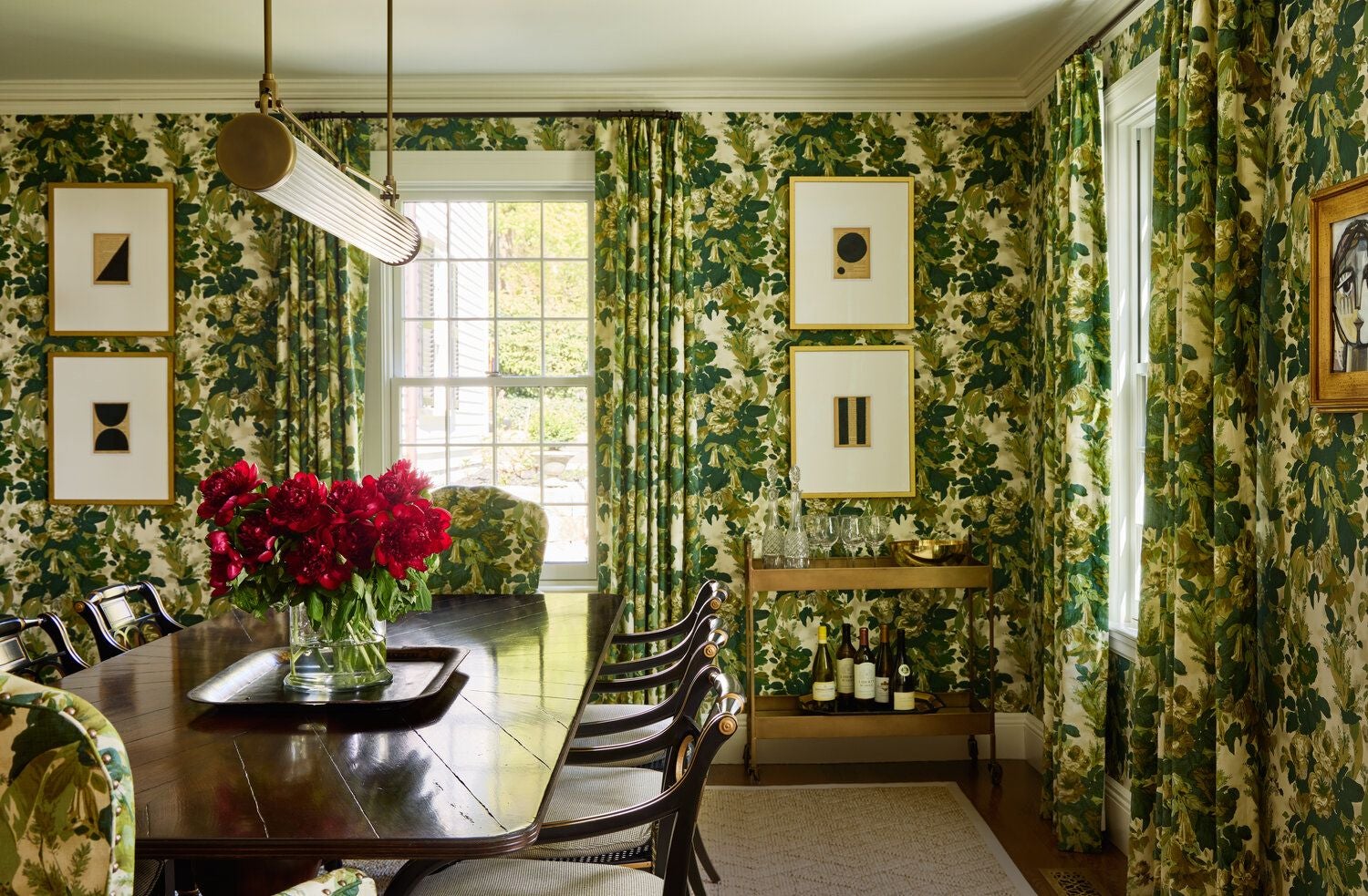Twelve stars of BOH’s 50 States Project weigh in on the most crucial clause in their letters of agreement.
Holding pattern
“We added a COVID-19 clause to our contract this year that explains to clients that we are not in control of factories’ production output and that lead times are subject to change. We will always do everything we can, of course, but as everyone knows, it’s rough out there this year!” —Jaimee Rose, Arizona
Soft Touch
“There is a quote at the bottom of our contract that says, ‘Never pretend to understand my journey, and I will do the same for you.’ I include that to bring some humanity to an otherwise businessy document, meaning: We are two humans working together for a common goal and will treat each other with mutual respect.” —Brian Paquette, Washington
In scope
“Hands down, my payment terms are the most essential part of my contract. That not only ensures that I am compensated for my work, but that any additional design services outside of the scope of that agreement will be billed at my hourly rate. Having a healthy work-life balance is a huge priority in my business, so it’s vital for me to express that my time is valuable and I will be compensated for it.” —Marie Cloud, North Carolina
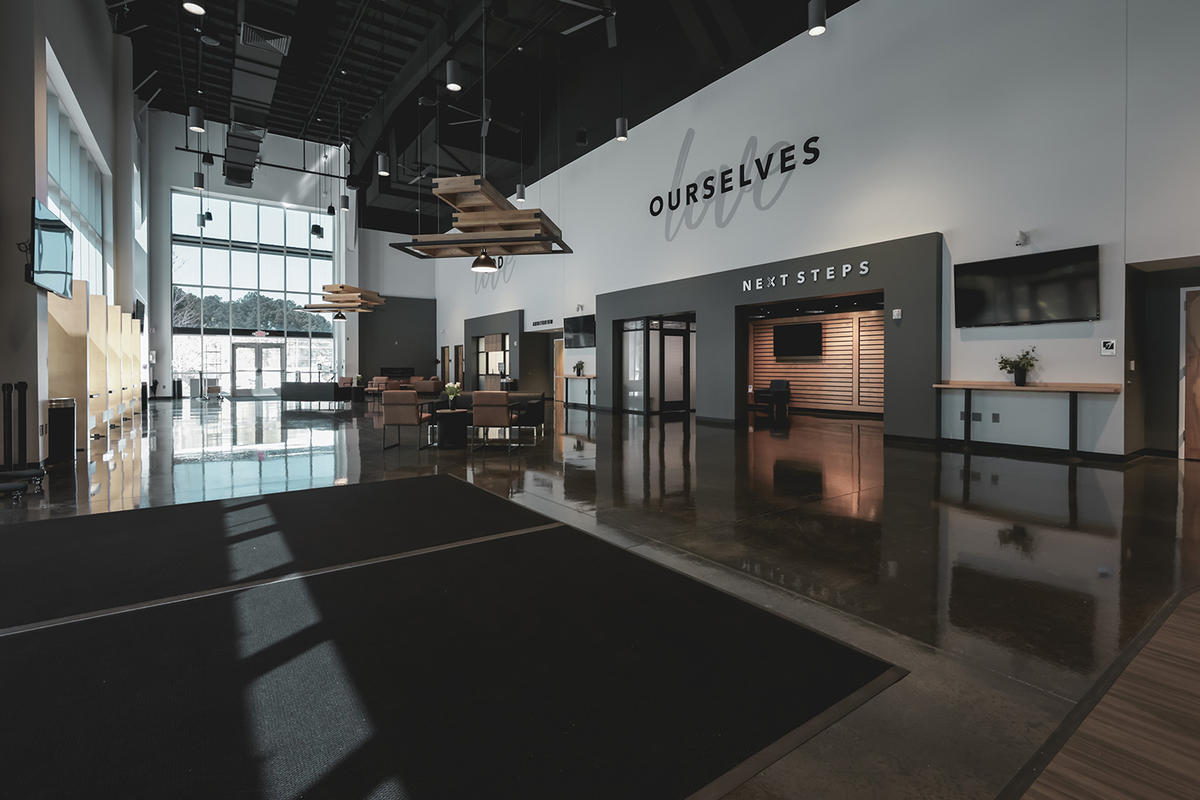
Step by Step
“We follow a 15-step program for all of our projects, which is outlined in our agreement so that clients understand what’s coming next and why. It helps them feel at ease by knowing we are in control, which also builds trust in the process.” —Juliana Oliveira, Texas
Payment policies
“Our contract states that we require 100 percent payment upfront for all purchases, which is something we have done for 22 years. We are not a bank, and the bookkeeping is too arduous and time-consuming if we split payments by taking a deposit and then chasing the balance before or after goods are delivered. We also tell the client that they cannot share our trades or resources with others and that they may not contact our vendors or trades directly.” —Linda Banks, Maine

On the money
“We have a fairly short agreement with clients, so every item is important to me. Lately, we have focused on being upfront and super clear about our fees. We find the relationship works best if the client isn’t surprised by bills.” —Sara Noble, Kansas
Point of contact
“We have a section in our agreements that sets expectations around client communications. The most important statement is that we do not allow our clients to text us in regards to the project. It’s not that I don’t want to be friendly and easy to get ahold of, but more that I need to be able to reference so many important details, and email is the best way to keep track of those discussions. I also have a family and am not available to talk about projects in the evenings, so a text would likely get lost in the shuffle.” —Courtney Otte, Nebraska
The clock is ticking
“This clause keeps the design process efficient for both clients and our firm: ‘Client shall respond to requests for approval of design or ordering within a reasonable time, but no longer than three weeks.’” —Hillary Taylor, Utah

Break out the highlighter
“My contract has always stated that change orders—which include but are not limited to space and furniture plan revisions, respecification or reselection, and purchasing—must be submitted in writing, and that the time required to manage them will be billed at my hourly rate. It also makes clear that all other work on the project is put on pause until final approval is received for these revisions, and that clients assume responsibility for these delays. But over the years, I noticed many clients doing the opposite of what they signed off on, which led me to believe they were not thoroughly reading what they were signing. In 2019, I changed the font color of this clause to pink—and now every client wants to ‘discuss further’ or has a clarifying question.” —Erin Shakoor, Illinois
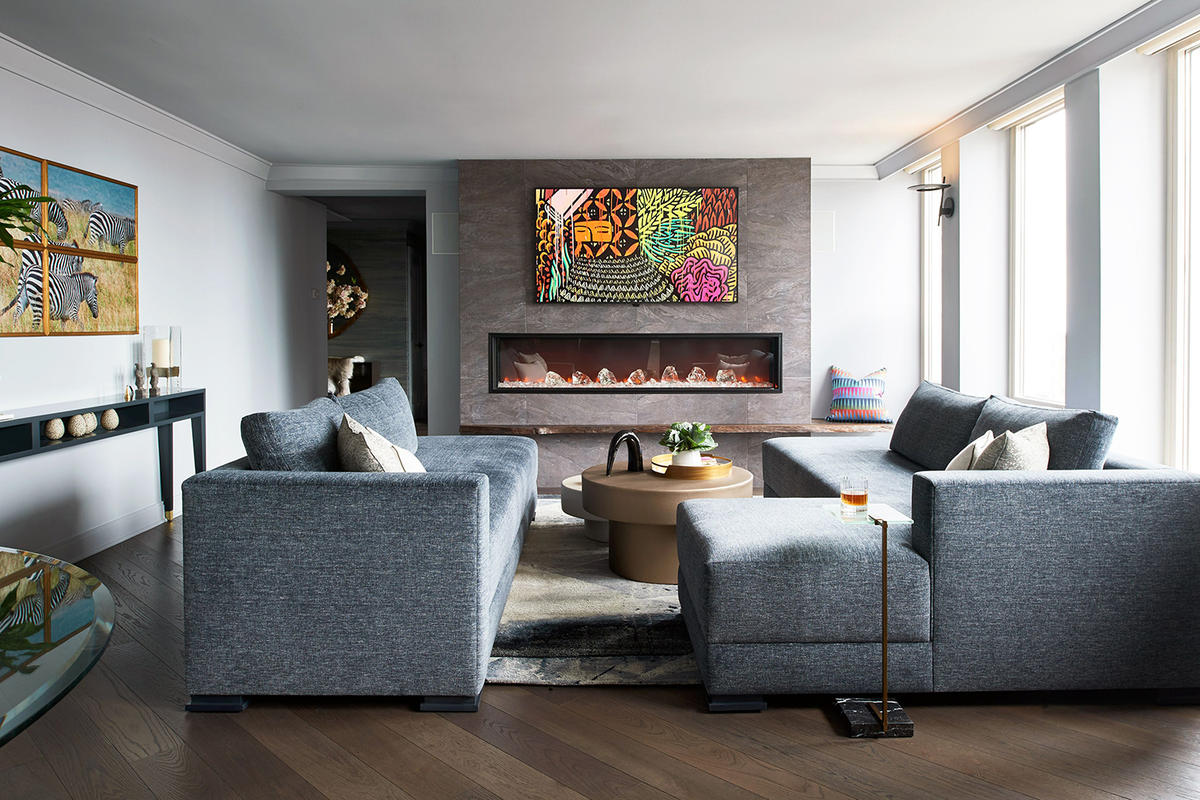
Room to Grow
“Lately, the clause that says we reserve the right to update the LOA annually has been critical. This allows us to assess—and possibly adjust—our fees or shipping costs every year to keep current with the economy and design market. There are always projects that end up taking more than a year to complete, and often the agreement needs tweaking.” —Amanda Reynal, Iowa
Photo Finish
“The right to photograph our work and use the pictures for our own marketing purposes. You should have the right to use the images appropriately and freely, but you also don’t want your clients to feel like their privacy is being invaded.” —Katie Rosenfeld, Massachusetts
Straight to the Source
“One of the most important clauses in our letter of agreement states that we require clients to use our vendors and artisans. By using our sources, we have control of the products the client receives and can ensure that the client’s expectations are met.” —Ashley Gilbreath, Alabama
Homepage image: A dining room by Katie Rosenfeld in Wellesley, Massachusetts | Read McKendree




